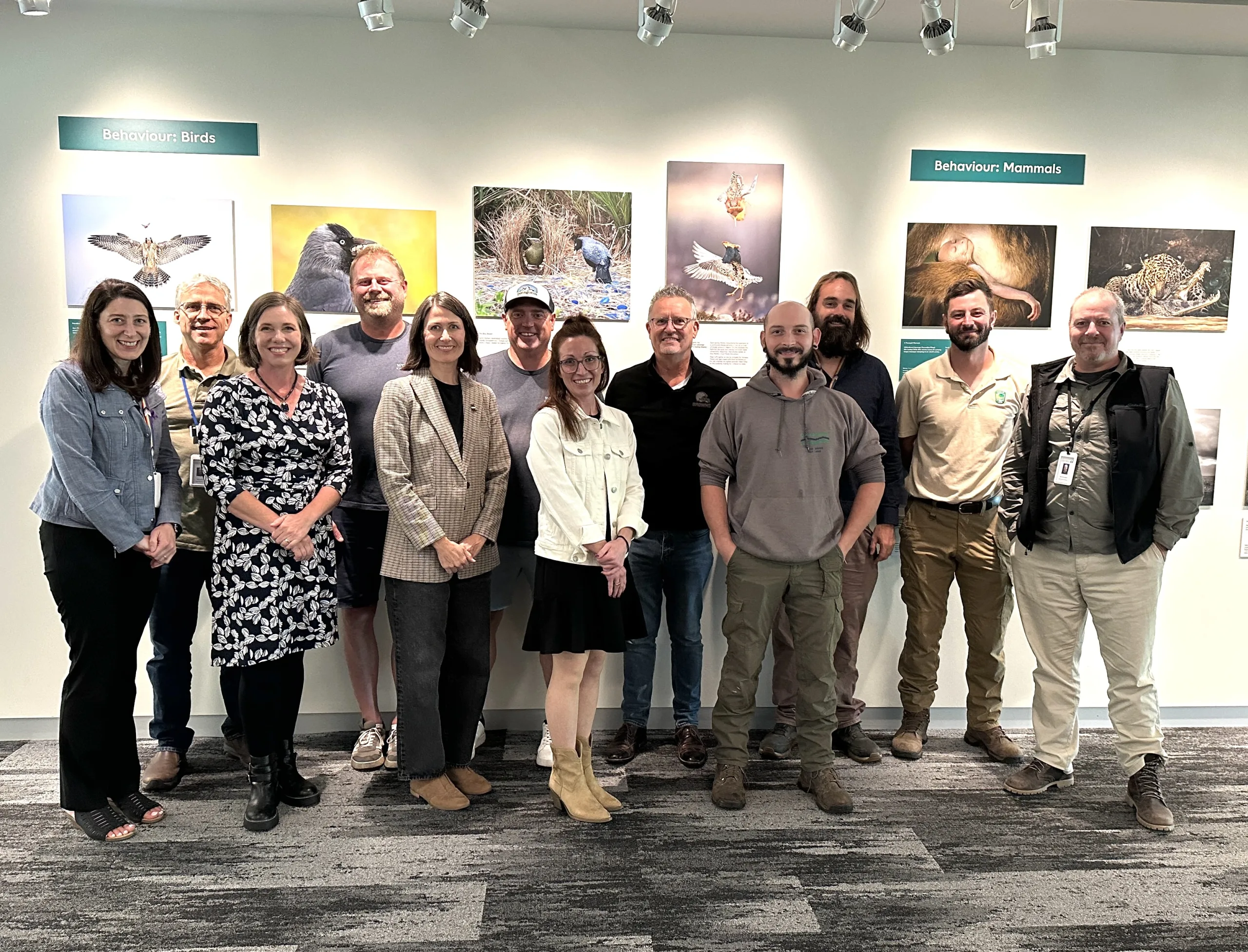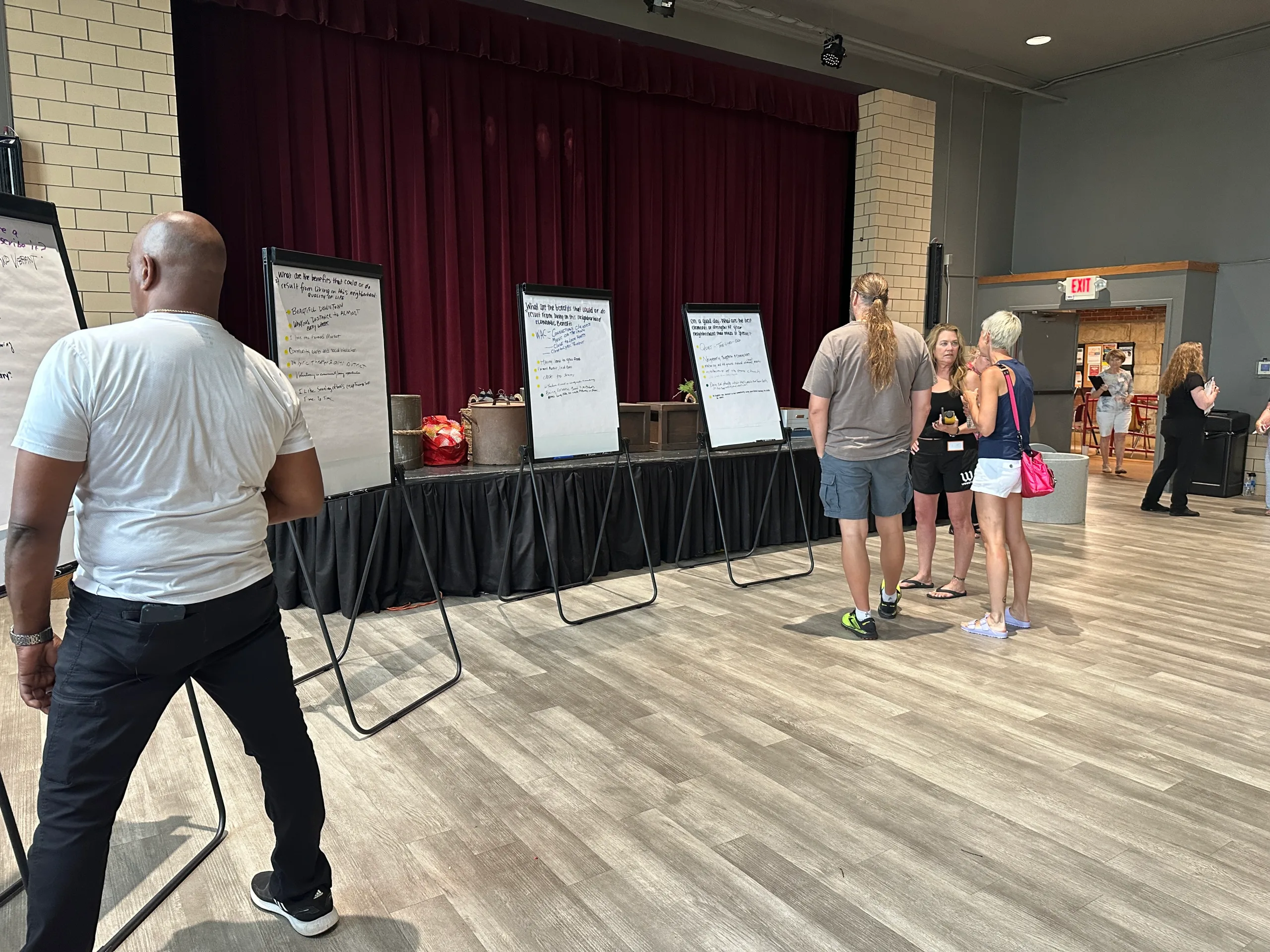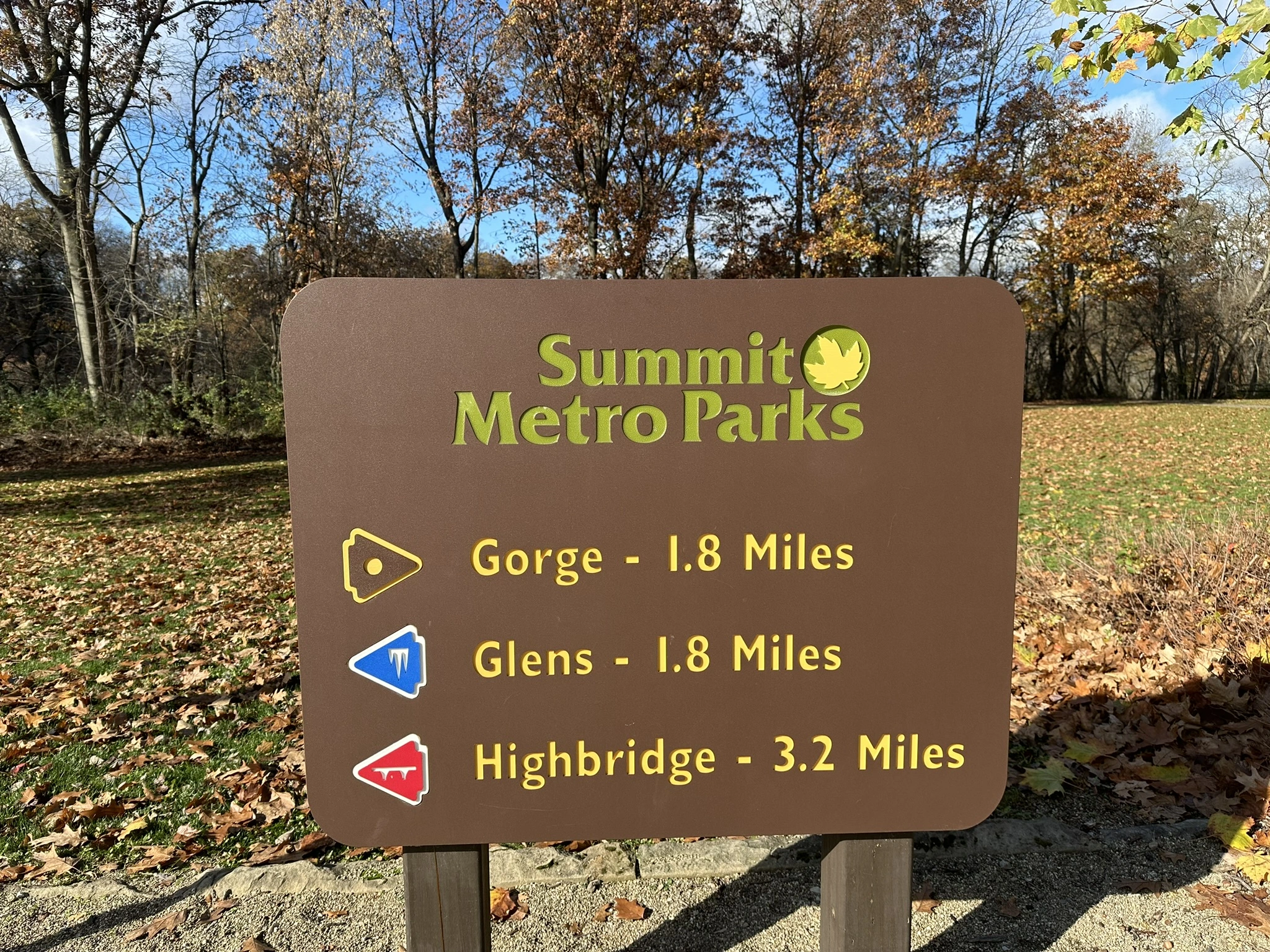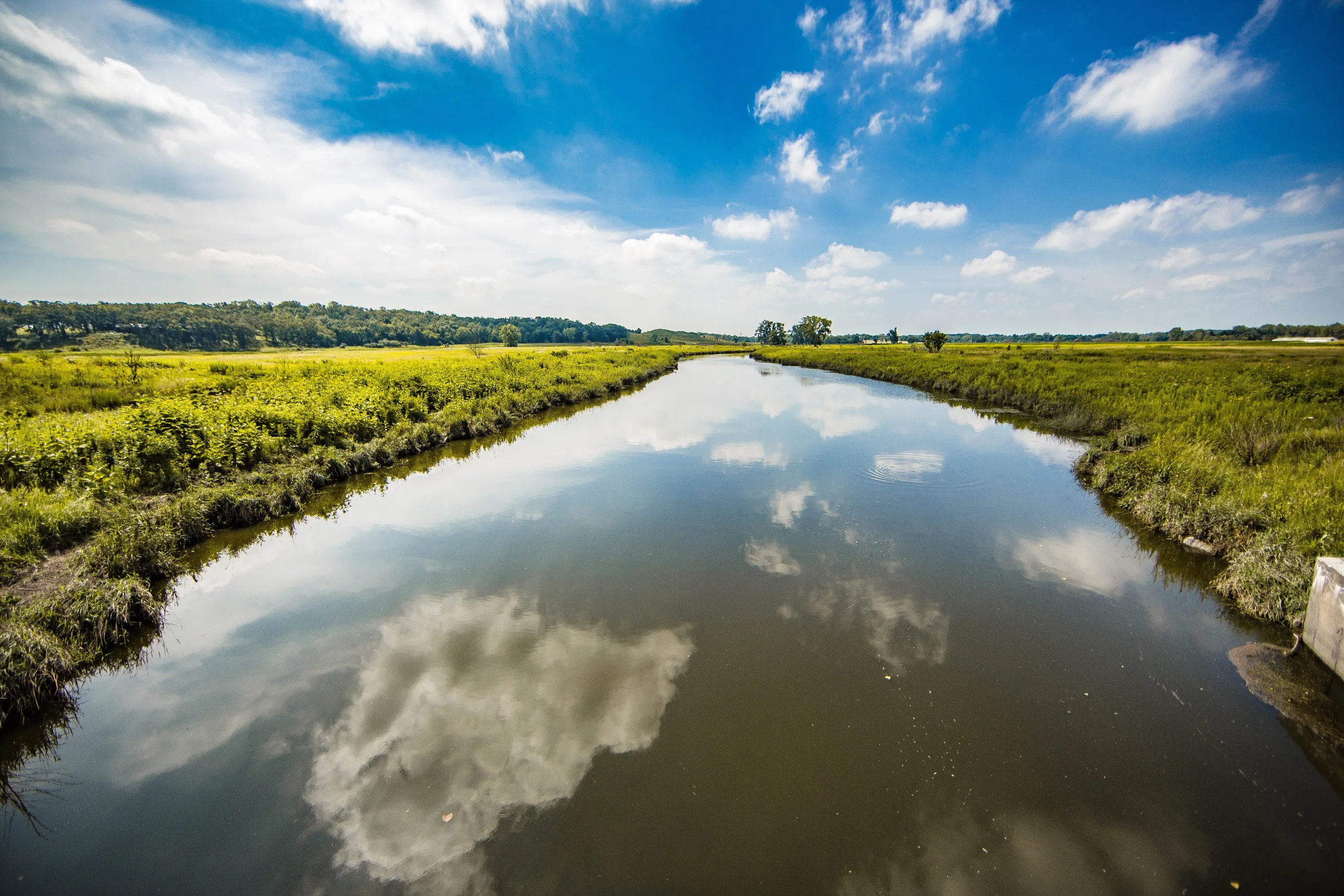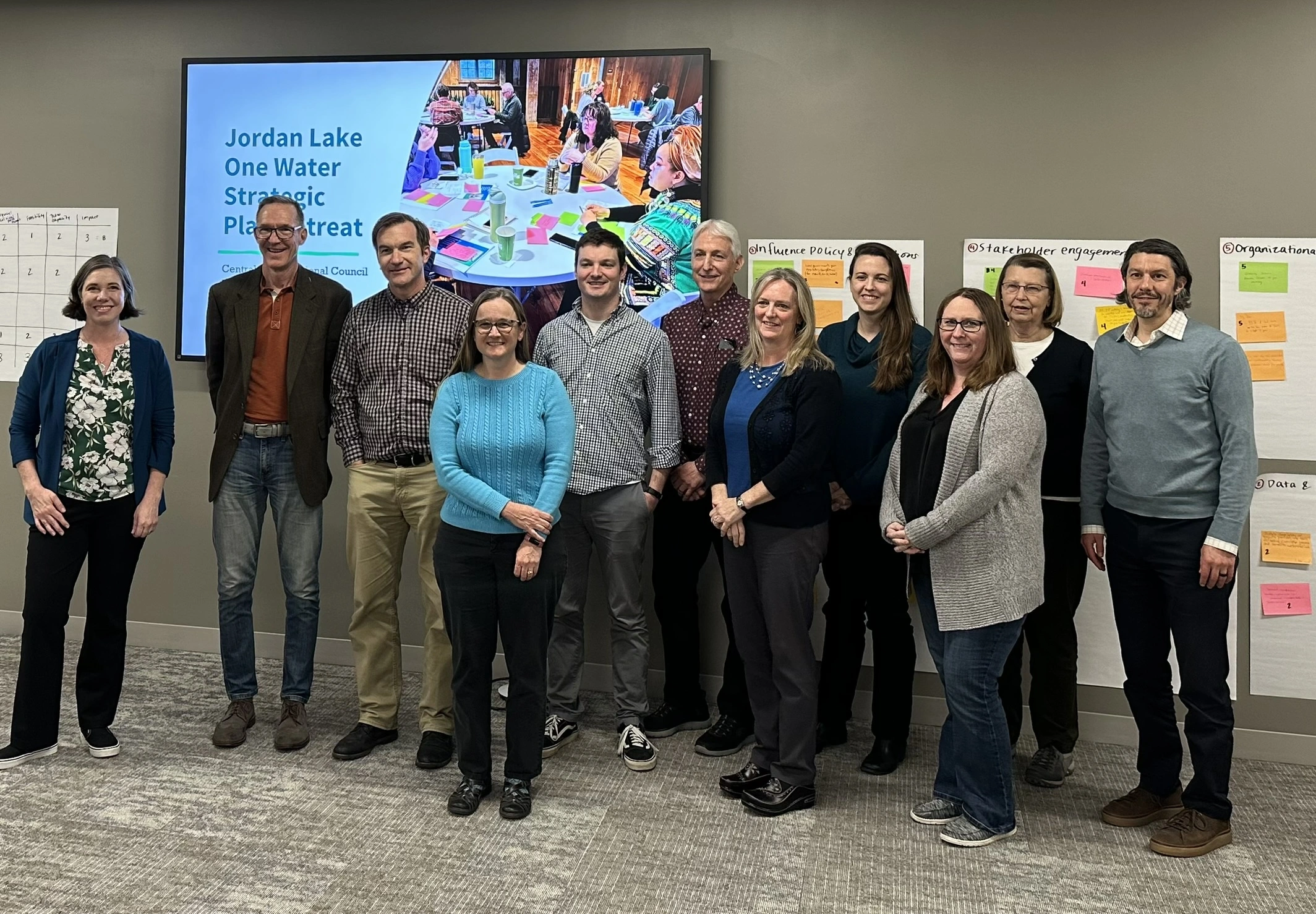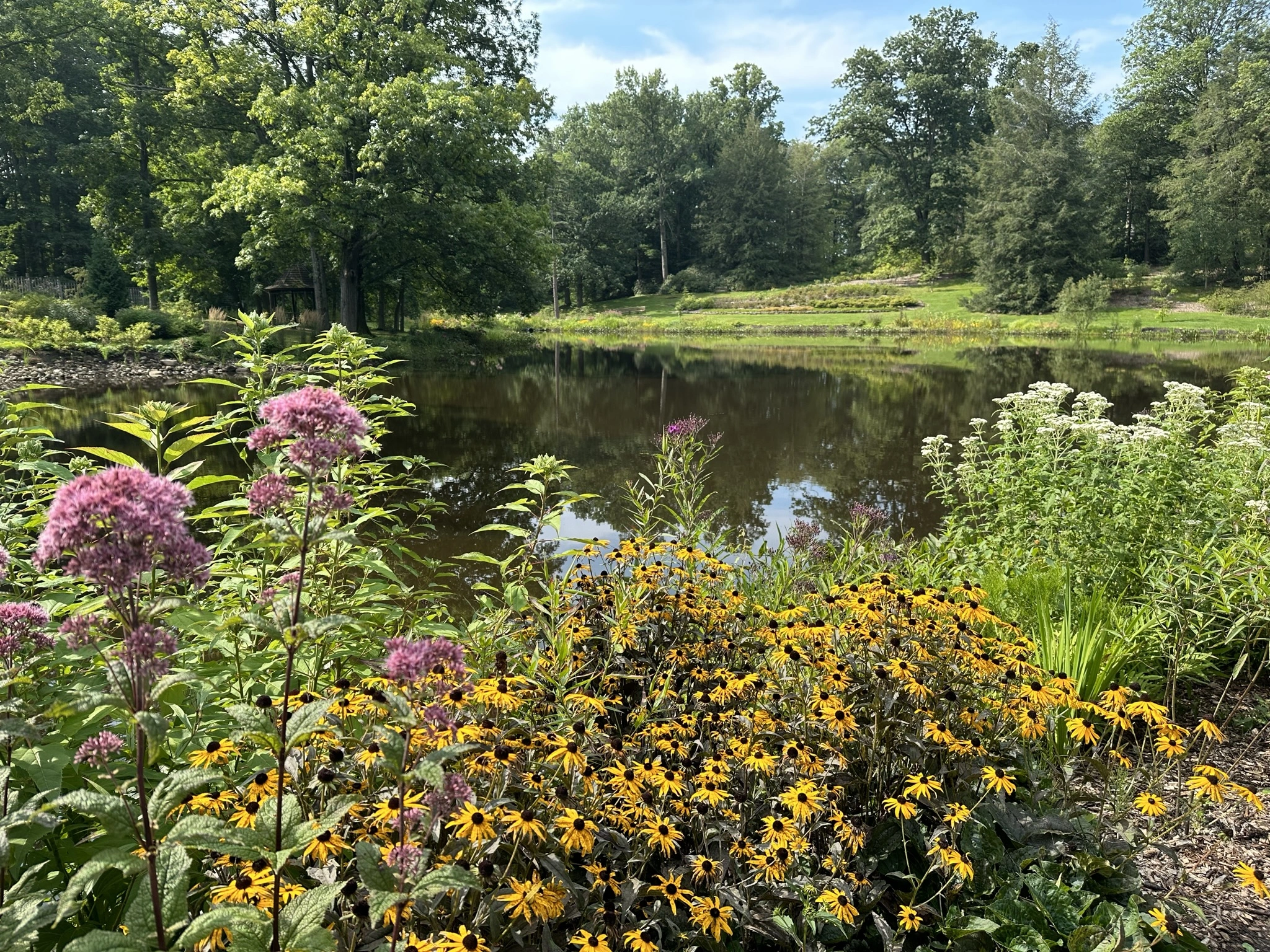
Introduction
In 2024, Sustainable Economies was engaged to facilitate the strategic planning process for Holden Forests and Gardens (HF&G). In 2014, Holden Arboretum merged with the Cleveland Botanical Gardens, creating what today is a single, successful organization with a shared vision. At the same time, the organization still maintains a unique visitor experience at the botanical gardens – located in Cleveland, OH, and the arboretum – located 26 miles to the east of the city. Together, they welcome over 360,000 visitors each year, a number that is growing.
Building on the success of their 2019 strategic plan, HF&G aimed to uphold the integrity and key elements of the original plan. While they had in-house expertise to manage certain aspects of the planning, they sought an external facilitator to provide additional support. The role of Sustainable Economies was to complement HF&G’s internal team by helping them gain clarity, prioritize strategies, and enhance the overall planning process.
The Challenge
For nonprofits addressing both ecosystem health and community well-being, it can be challenging to meet the increasing demand to solve key environmental and societal challenges. Although the partner landscape is collaborative, building relationships and working toward shared goals takes time. Additionally, there is a pressing need to address racial inequities and support climate equity. Working across the rural-urban divide further complicates these efforts, as misinformation about environmental issues can be prevalent in both areas. Climate change exacerbates these challenges with more frequent and intense storms and rising temperatures. These complexities highlight the need for a systemic approach that includes targeted goals, well-designed strategies, and a collaborative effort engaging both communities and partners.
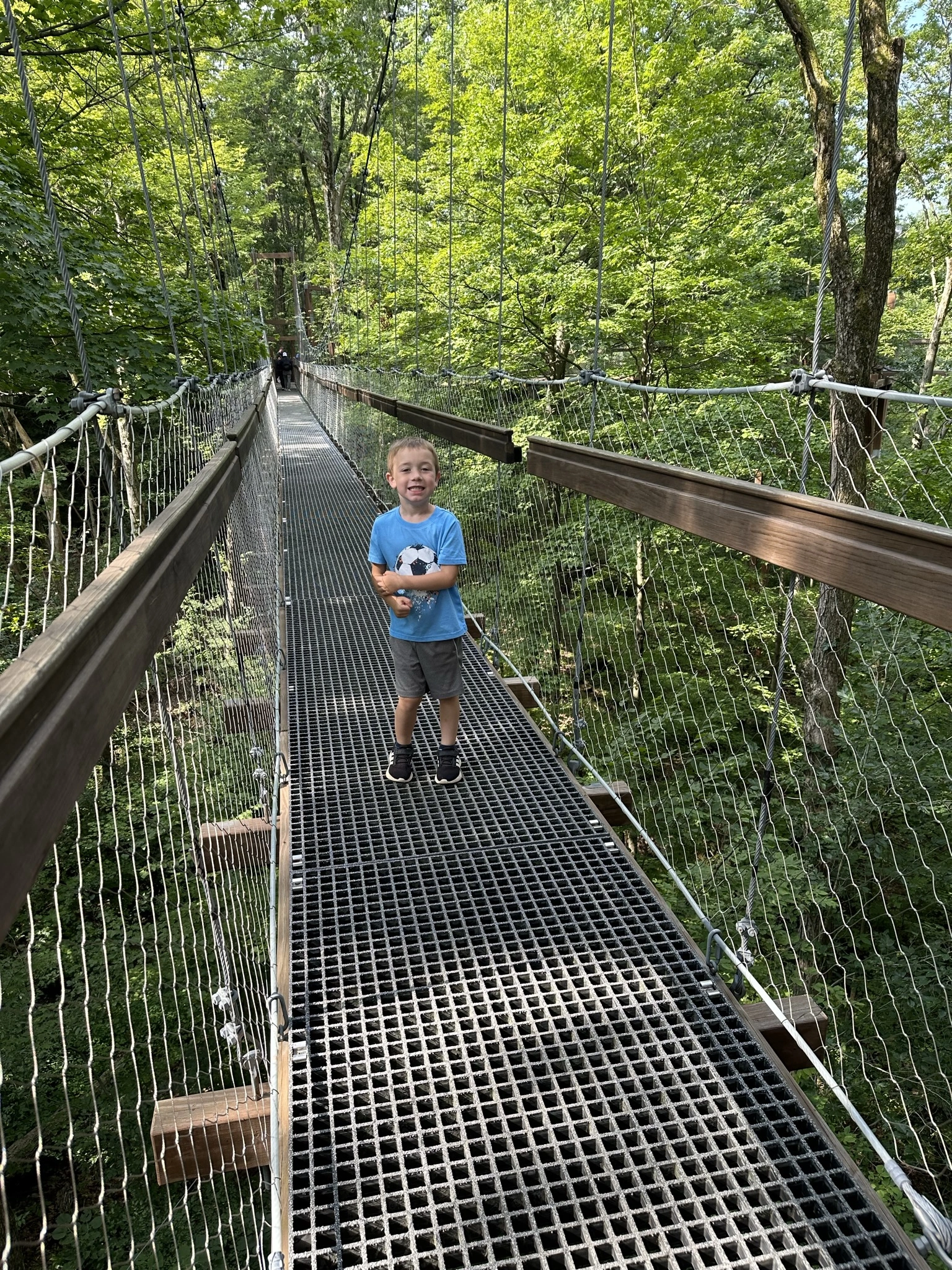
The Results
The majority of the planning process was completed in four months. The pieces of the process that Sustainable Economies facilitated included:
- 29 interviews with partner organizations (local) and peer benchmark organizations (across the United States)
- A series of in-person planning meetings with the Board Task Force and Staff
- A 2-day goal setting retreat with the leadership team
- A thorough review and analysis of previous plans and reports
- A Board retreat
The process led to:
- Deeper understanding of the positioning and niche for the organization
- Clarity on “strategic pillars,” which are long-term, big picture organizational areas of focus
- Agreement on shared goals across programs and departments
- A suite of prioritized strategies that will help the leadership time determine where to invest more resources
- A set of key results to measure and monitor progress

